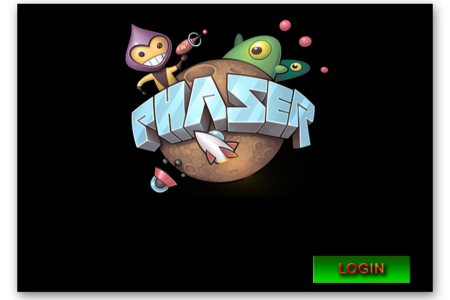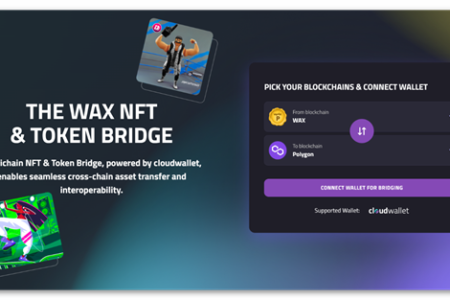Introduction
By now no one doubts that NFTs are here to stay, but to stay very high up! Every day, new games are adding to the tokenisation of their assets by handing over ownership of their assets to the players. There are also more and more artists distributing their creations in digital format through NFT tokens thanks to their digital signature system that ensures their authenticity.
Collectors and traders of digital assets are playing a key role in the adoption of this digital mainstream. Without them, it would not be possible, and the market turnover figures are growing steadily. The confidence these investors are placing in the acquisition and trading of digital assets is a clear sign of where the market is moving. Or at least one of the most important directions to watch out for.
In other articles we have been analysing the SimpleAssets smart contract for the creation and management of assets on the WAX blockchain. As we have seen, it is a very complete smart contract that allows us to create and manage any type of asset; fungible token (FT), non-fungible token (NFT) and non-transferable token (NTT). It is an ideal smart contract for the development of video games on the WAX blockchain as it covers all the necessary aspects for the digitisation of the assets of a game.
AtomicAssets
Another key player in the digital asset digitisation ecosystem on WAX is AtomicAsset, a smart contract from blockchain producers Pink Network.
While SimpleAssets is an all-rounder for tokens, AtomicAssets is the NFT sybarite, as it currently only supports this type of token, but in an extraordinarily detailed and efficient way. Digital content creators such as illustrators, musicians, animators, etc. will find in this smart contract a very powerful and versatile tool to tokenise their creations, either independently or in collections.
Pink Network’s team of developers has done an exquisite job in facilitating the task of creating and maintaining digital assets as well as creating different monitoring tools for them.
Organisation of the AtomicAssets smart contract
Before going into the technical details of the smart contract, it is useful to understand how Pink Network has structured the contract. One of the most common applications we are currently seeing in the markets is the distribution of collectible cards. This is a good example to take as a starting point to understand how the smart contract is structured.

A NFT could be unique, like an exclusive work of art, or it could be part of a serie, like game cards, where the only thing that changes in the assets of the same edition is the order in which they have been minted. For the latter case, Atomic offers the possibility of configuring a “template” to be able to issue more copies of the assets every time we need more units, infinitely or until we reach a previously established quantity, as we will see. For example we could have a template for the “Silent Sword of Oblivion” game object, with all its attributes already defined: the image, its name, its description, etc.
But as we will have other types of cards, we can create different templates whose structure will be identical but not their content. This structure can be defined in what Atomic calls “schemas”. The schemas define what kind of data the templates we generate from them will contain.
Perhaps our game, or collection, has assets that we want to differentiate between them, such as character cards, spell cards, ability cards, weapon cards and armour cards, so each of those categories will be defined in its own schema and, all together, will form what Atomic calls a “collection”, which will serve to define a name and description for the whole set, as well as serving as a general container for all the assets created under it.
To recapitulate we can now say that when creating NFTs with the AtomicAssets contract we will have to follow these steps:
- Create a collection
- Create one or more schemas
- Create templates (this is optional but highly recommended)
- Create NFTs from the templates or directly.
We will explore all the possibilities in the next articles
Table of contents
- Analysing the structure of a collection
- JavaScript Developers
- Managing collections with JavaScript (Part I – Collections)
- Managing collections with JavaScript (Part II – Eschemas)
- Managing collections with JavaScript (Part III – Templates)
- Managing collections with JavaScript (Part IV – Minting NFTs)
- Managing collections with JavaScript (Part V – Other tips)
- Smart Contract Developers
- (comming soon)


